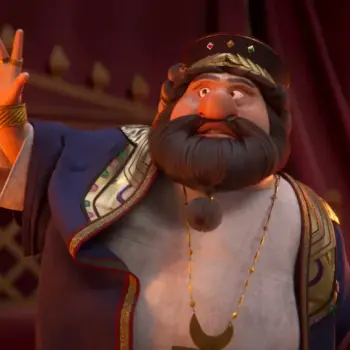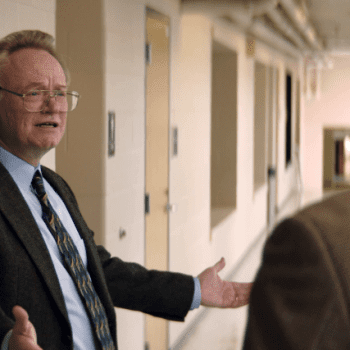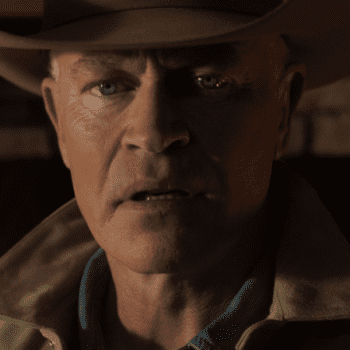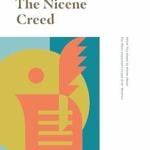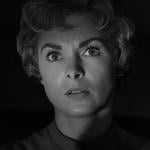Queen Spoo has posted a brief but interesting interview with The Nativity Story composer Mychael Danna. My favorite bits:
What helped you with your decisions for instruments to use and was there any influence from ancient musical melodies or instruments for your score?
That’s a good question. I did a lot of research on music of Judea and Palistine at the time. I learned a lot and then decided not to use any of it. The reason for that is I find that ever since Peter Gabriel’s work for “The Last Temptation of Christ” composers have all approached the same era and subject matter with the exact same things. We hear all the same instruments and the same vaguely Middle Eastern sound. The fact is, nobody really knows what the music of that time was. The second temple was destroyed by the Romans around 70 AD and at that point, all of the music of the Jews was pretty much destroyed. Also, out of mourning they banned music from their synagogues from that point on. So nobody knows anything — other than a few vague images in the Bible – what was going on musically at that time. Every film score that is written for that area uses the duduk, which is an Armenian instrument and probably has nothing to do with that area. They use Egyptian and Moroccan music. I’m kind of tired of that approach. I think it’s time for something fresh.
The other thing is that I think this story has its big resonance not in the Middle East. It’s not really a story about the Jews. It’s really a story about Christians and about Europe and about the incredibly profound event. The meaning of this event really resonated through the entire civilization of the West. This event this meant so much and affected every moment in life in a civilization was in Medieval Europe, the Middle Ages and Renaissance Europe. So that’s where I’ve gone to for the inspiration for the music.
I’m using early European instruments from the 12th-14th centuries. I’m using a lot of melodies from the early Christian church: plain chant, Gregorian chant. I’m also using some very early Christmas melodies, for instance “O Come, O Come, Emmanuel,” which is a very ancient melody. I’m using other tunes like “Of the Father’s Love Begotten,” which goes back to the late Roman Empire when the empire became Christian from about the year 400. I’ve been using melodies from before 1600, or something like that.
It’s a story of Europe and a story about the west and Western Civilization. That’s really been the inspiration. . . .
Did you audition to compose the score or were you approached by the producers specifically? If it’s the latter, then why do you think you were approached?
Ironically, I think I was approached because of my expertise with ethnic instruments. Most of the scores that have handled this material in the last 10-15 years have all approached it with ethnic instruments and kind of made an ethnic soup of all kinds of different things. I think I was approached because I am sort of an expert in that myself. Ironically, that’s not the approach I’m taking.
Between this and some of the remarks that screenwriter Mike Rich made in a recent CT Movies interview, I am reminded of the approach that Pier Paolo Pasolini took with The Gospel According to St. Matthew (1964), where he said he was avoiding a strictly historical reconstruction of the events related in the gospels but, rather, was incorporating two thousand years of tradition into his film. Since Danna says he is limiting himself to melodies from before 1600, it doesn’t sound like he will go as far as Pasolini did — no ‘Sometimes I Feel Like a Motherless Child’ on the soundtrack here! — but still, it is interesting to hear he will not confine himself to music that sounds ethnically or historically “authentic”.
I can also totally appreciate Danna’s point re: the duduk and other ethnic musical elements that aren’t necessarily as “authentic” in this genre as we may have been led to believe. But just to be fair, I believe the exact same Armenian melody which begins Peter Gabriel’s score for The Last Temptation of Christ (1988) was also used two years earlier by Israeli filmmaker Amos Gitai in his semi-modernized adaptation of Esther (1986; my comments) — though without all the percussion. And if it’s good enough for an Israeli, it should be good enough for anyone else, too, right?



